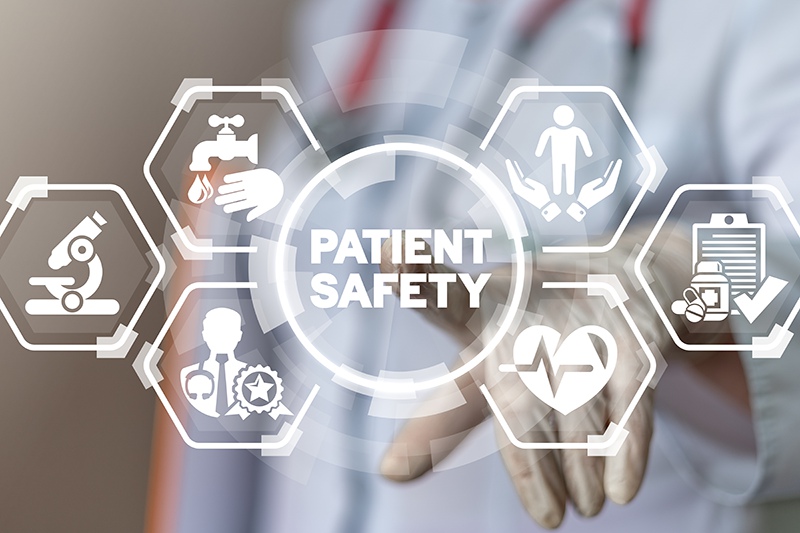
@ShahidNShah


While keeping patients safe within a care facility is the ultimate goal, the dire conditions associated with COVID-19 have administrators facing higher than normal facility costs in addition to the historic cost burden associated with patient risks.
Thus, reducing risk, which influences the occurrence of adverse patient safety events, is not the only key in improving costs associated with providing quality care, but also in preventing significant loss of revenue during this critical moment – which can hinder a facility’s ability to provide care in the future. This includes implementing preventive measures for some of the top patient risks identified, including falls, diagnostic errors, and preventable infections.
In order to drive impactful changes, it’s important for organizations to have a full and unbiased understanding of an event, what led up to it and what measures need to be put into place to reduce its occurrence in the future.
Continue reading at healthcarebusinesstech.com
CentraCare Health improved point of service collections by 25% by giving options and out-of-pocket costs, says Sheri Liebl, the healthcare system's executive director of revenue cycle.
Connecting innovation decision makers to authoritative information, institutions, people and insights.
Medigy accurately delivers healthcare and technology information, news and insight from around the world.
Medigy surfaces the world's best crowdsourced health tech offerings with social interactions and peer reviews.
© 2025 Netspective Foundation, Inc. All Rights Reserved.
Built on Apr 29, 2025 at 12:52pm